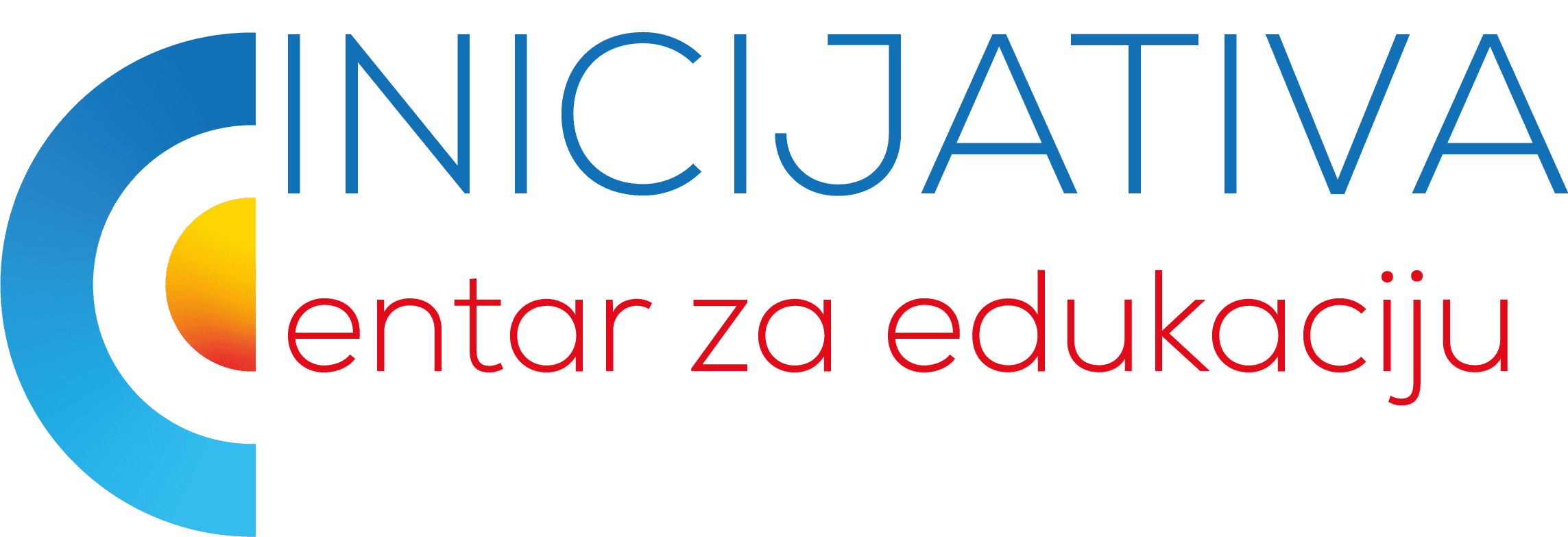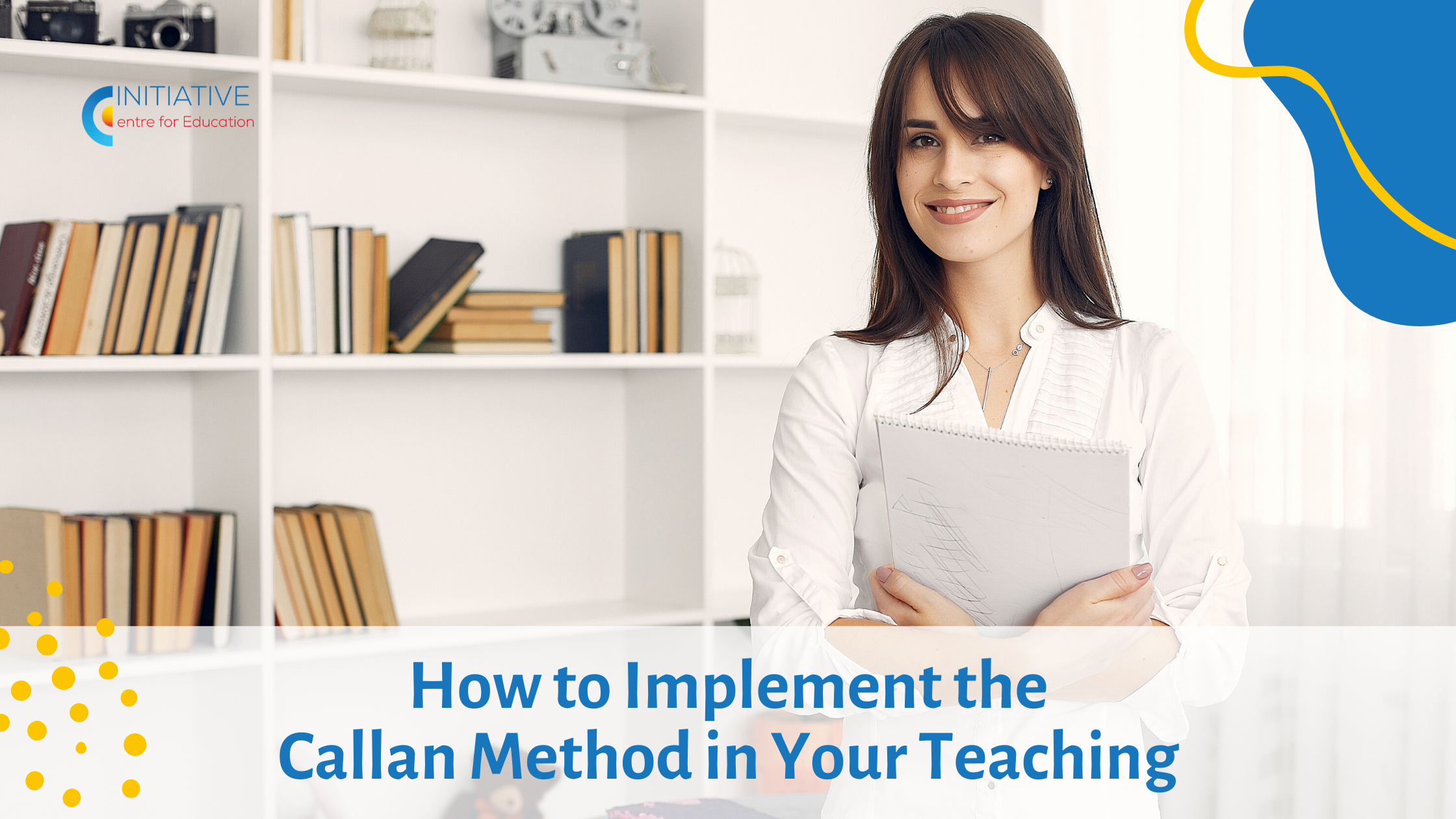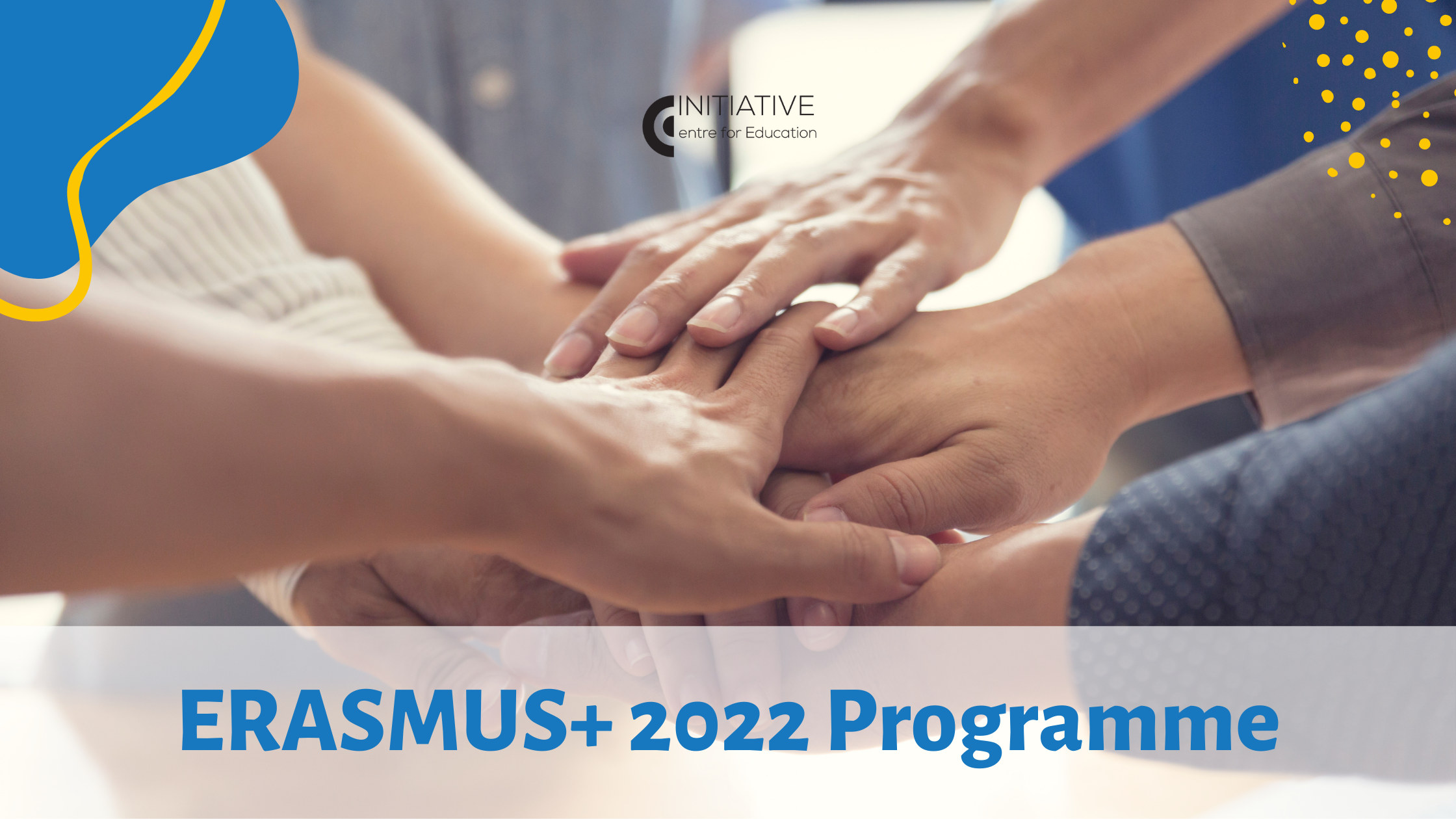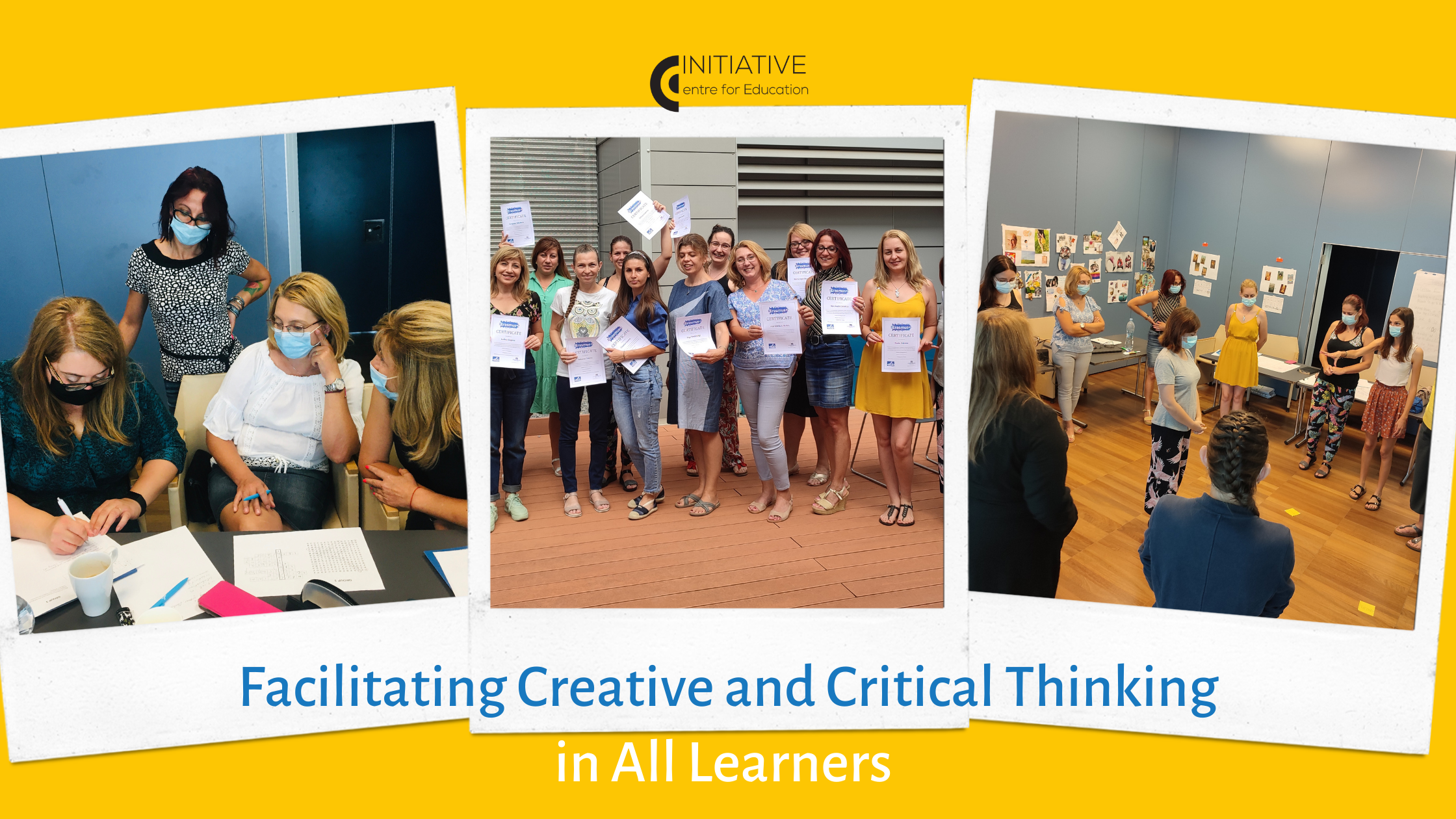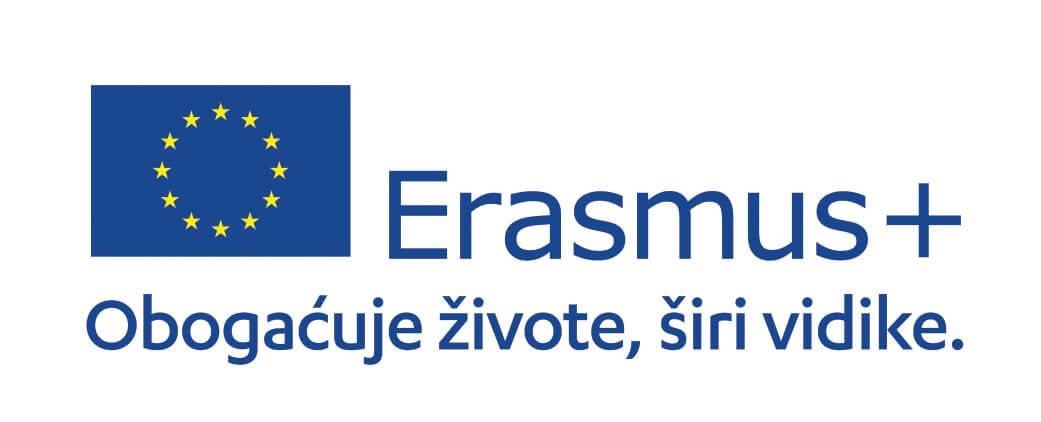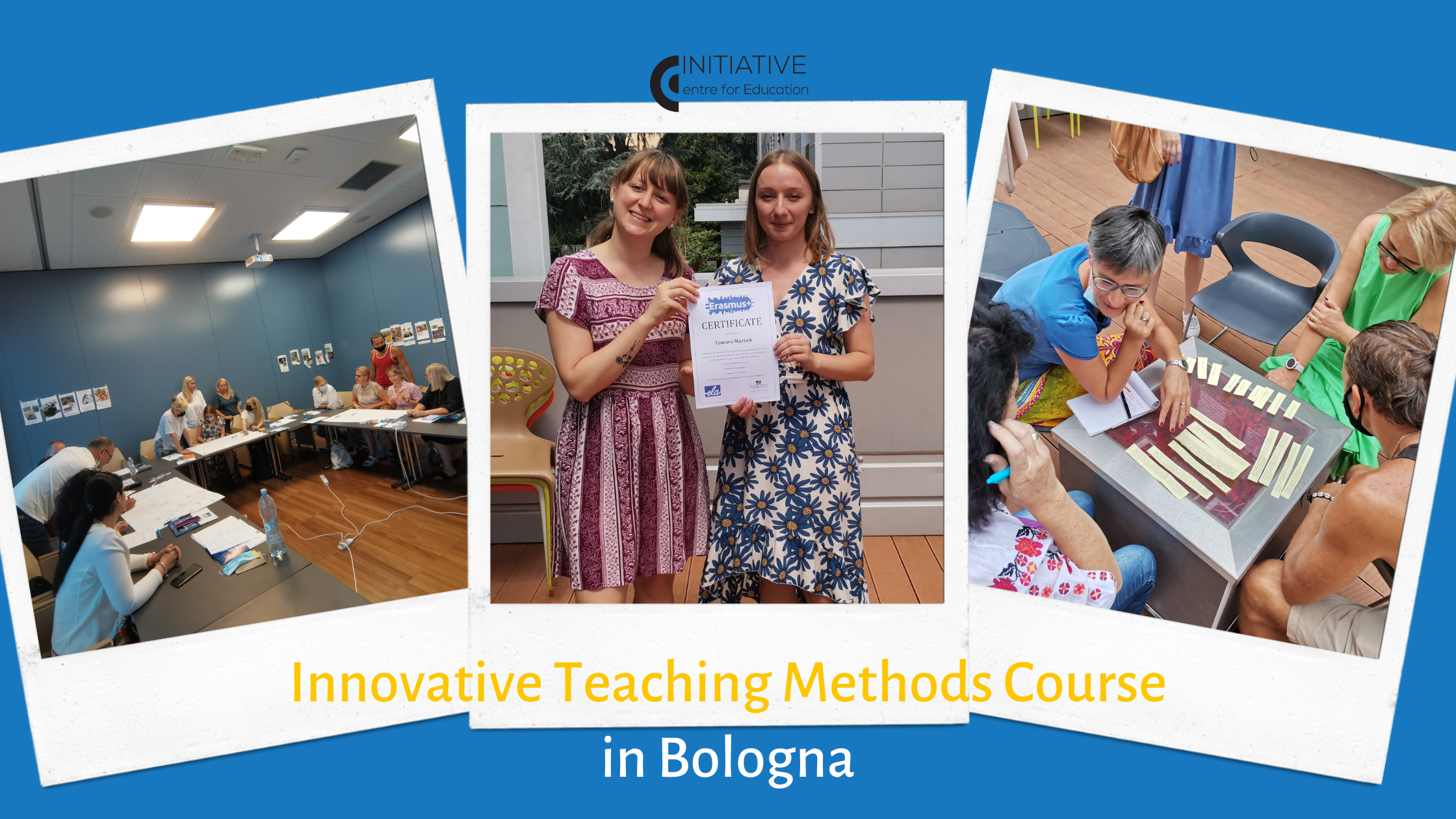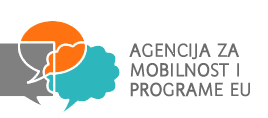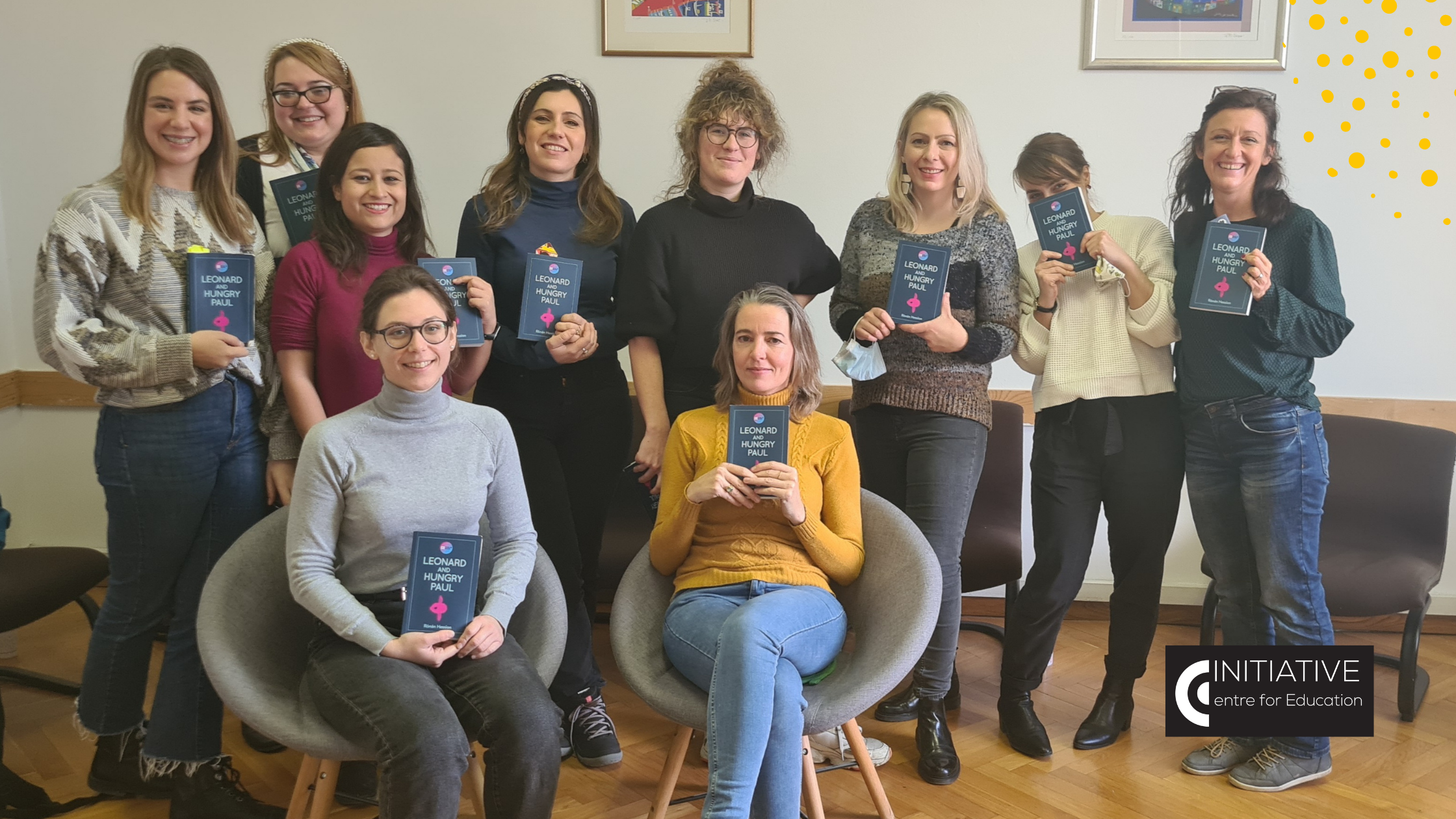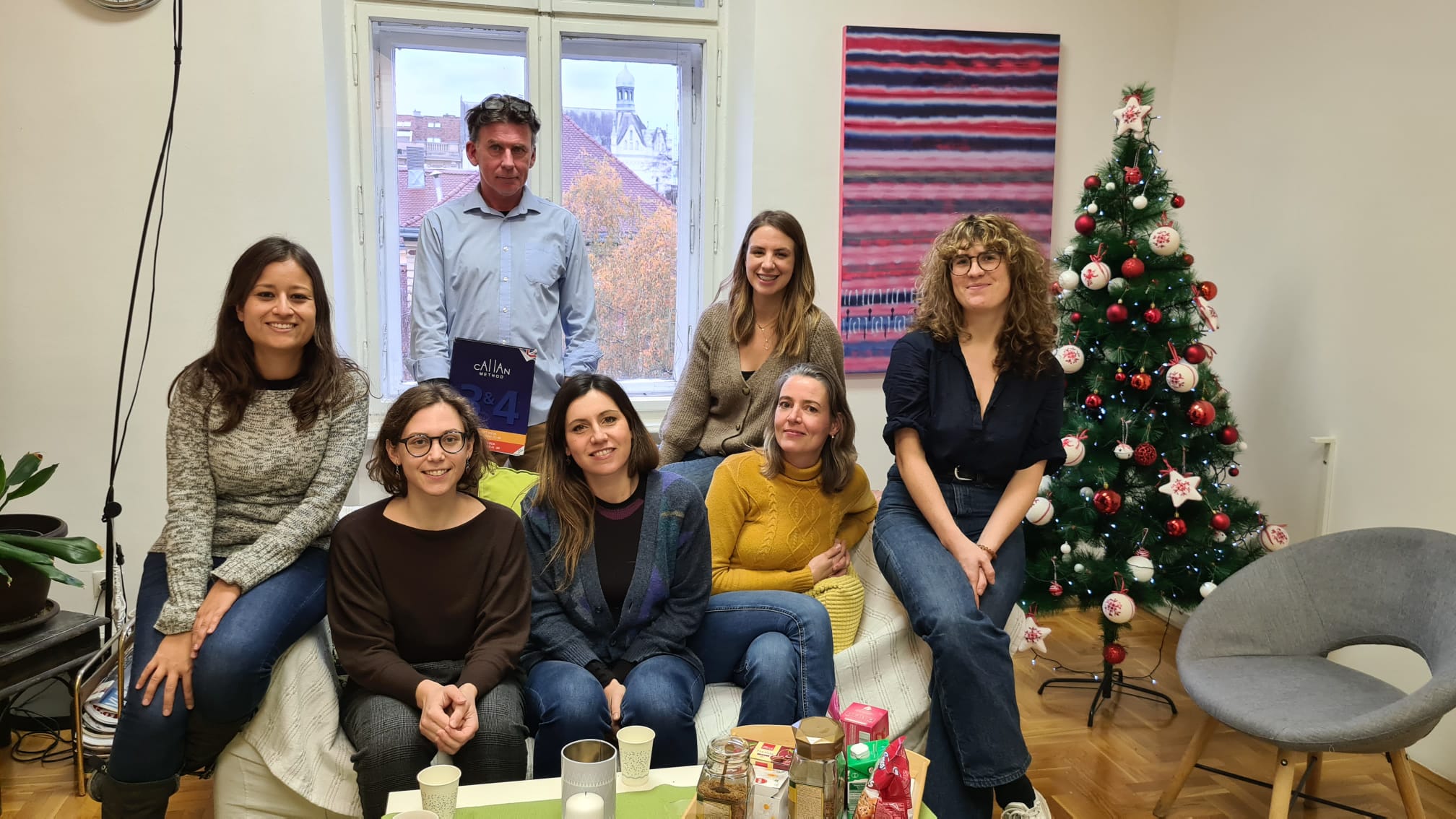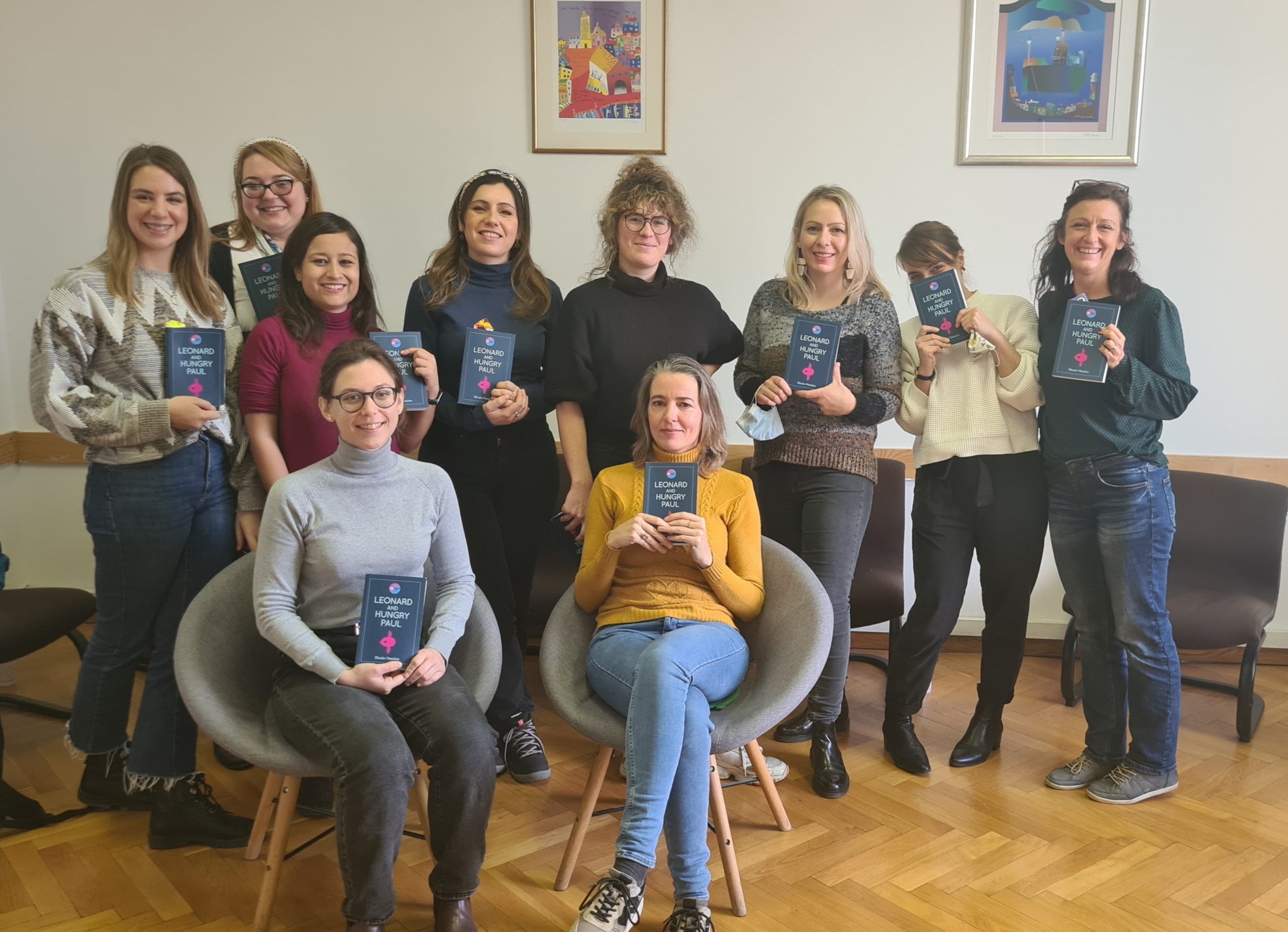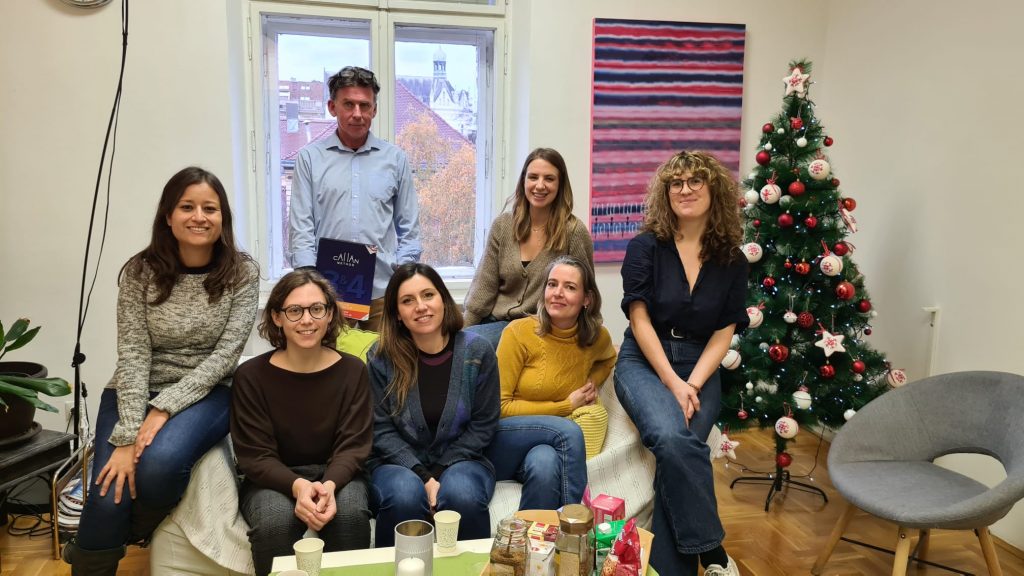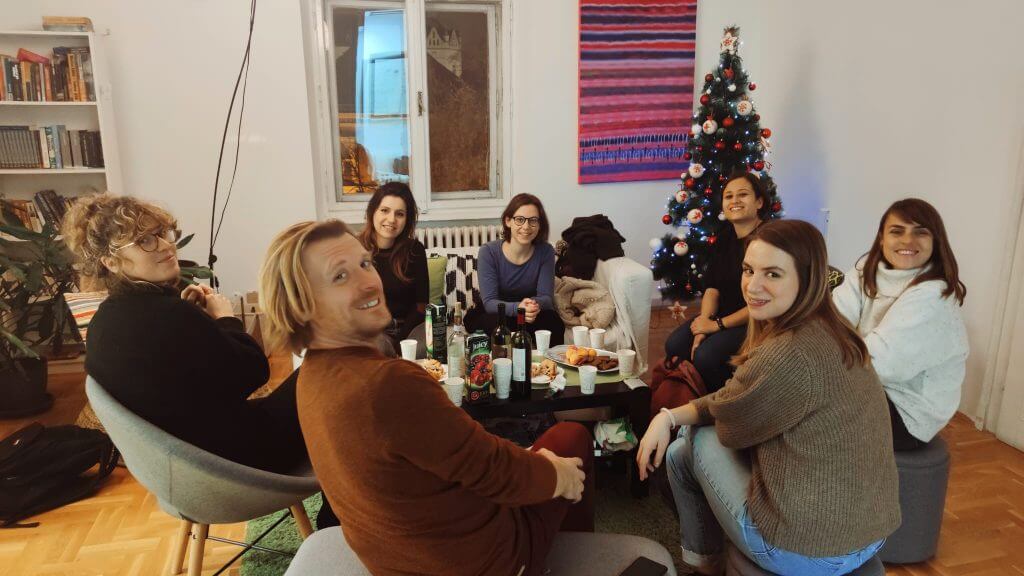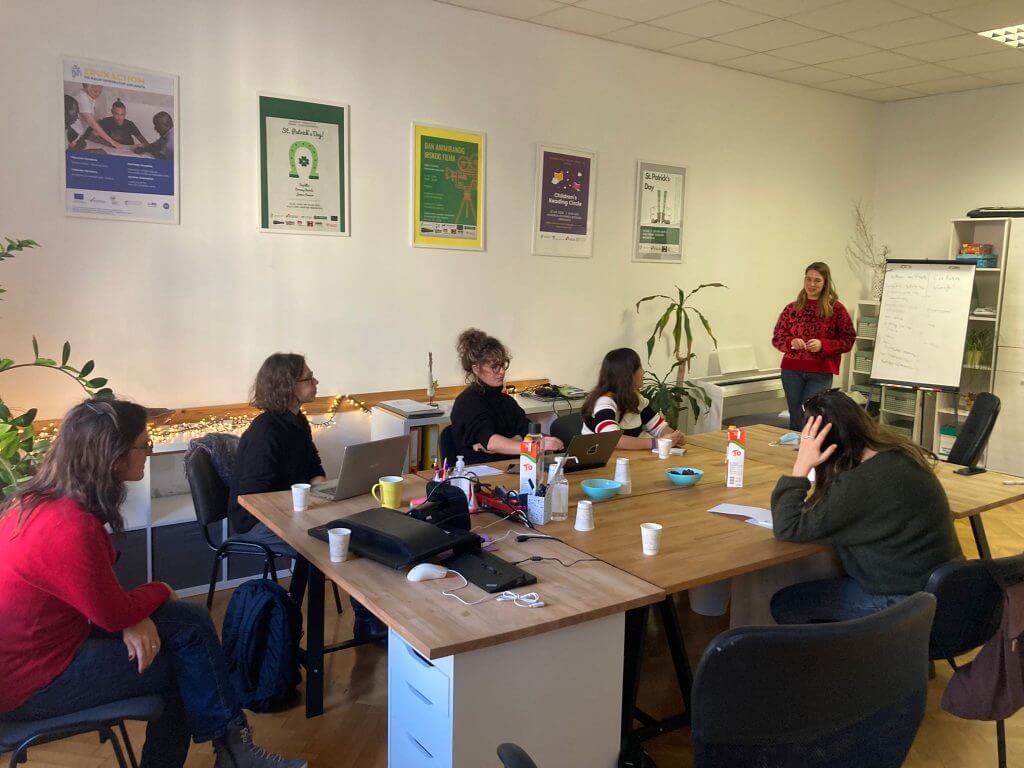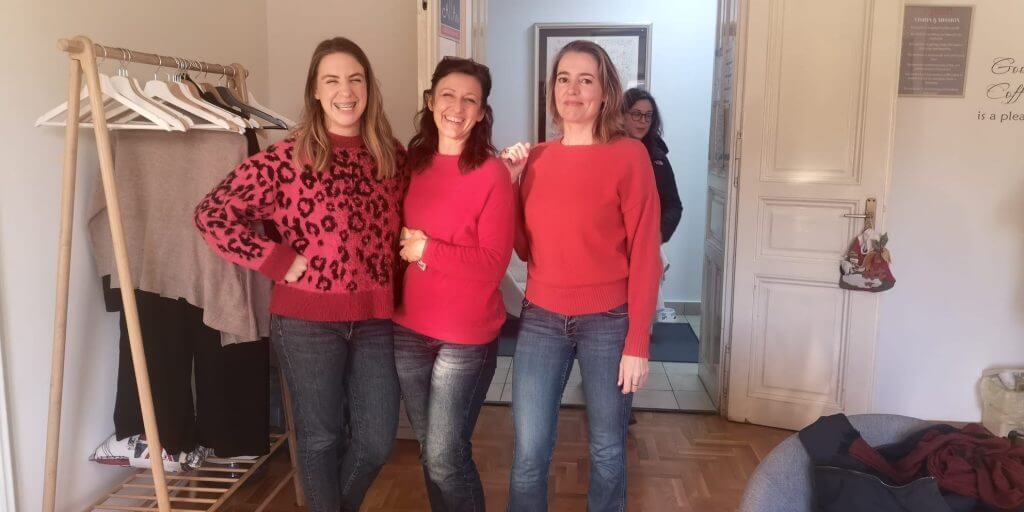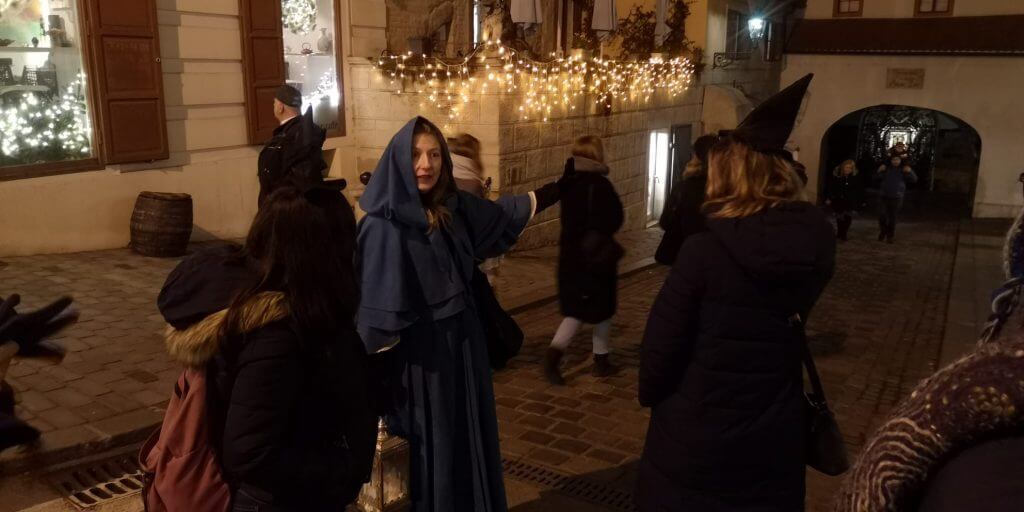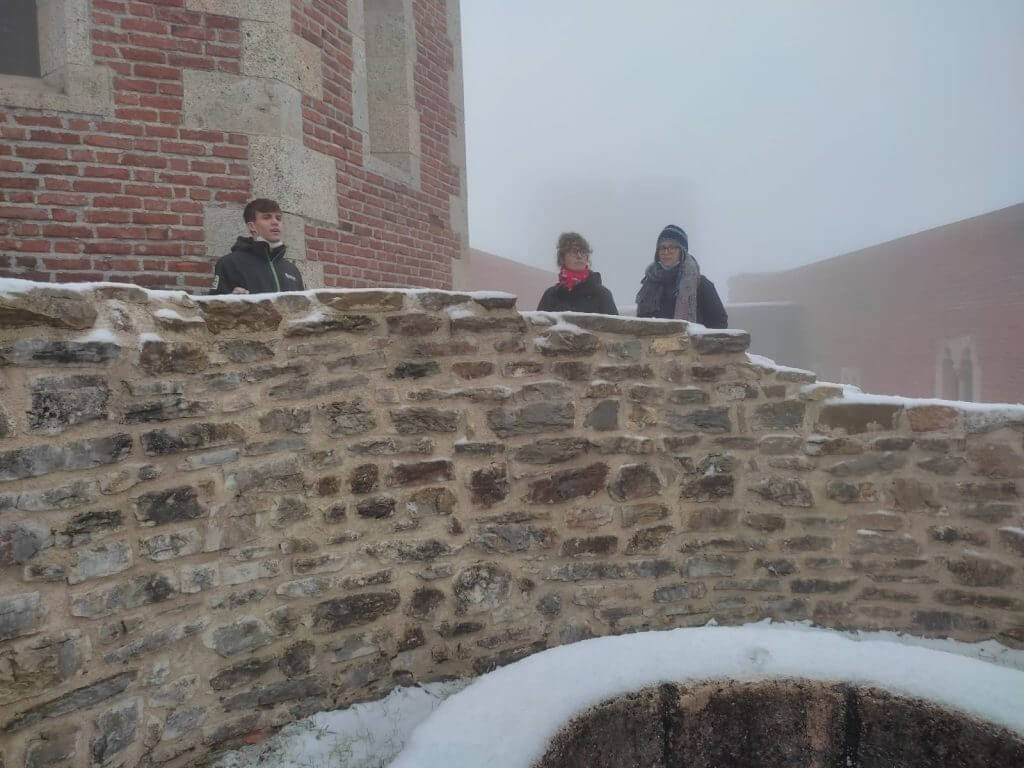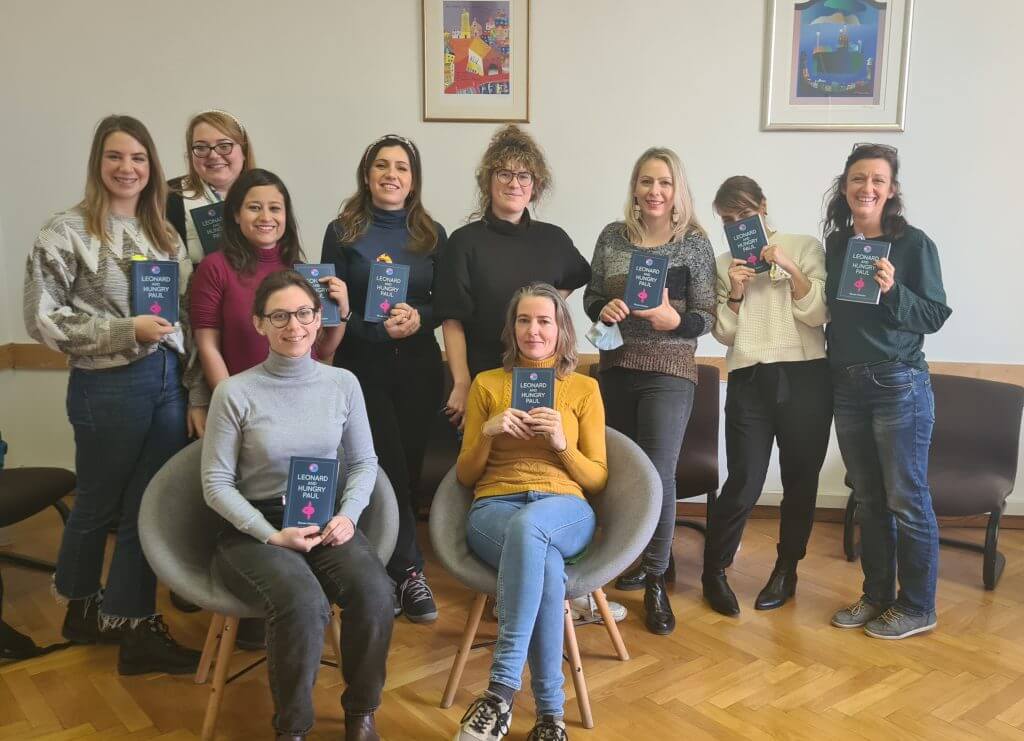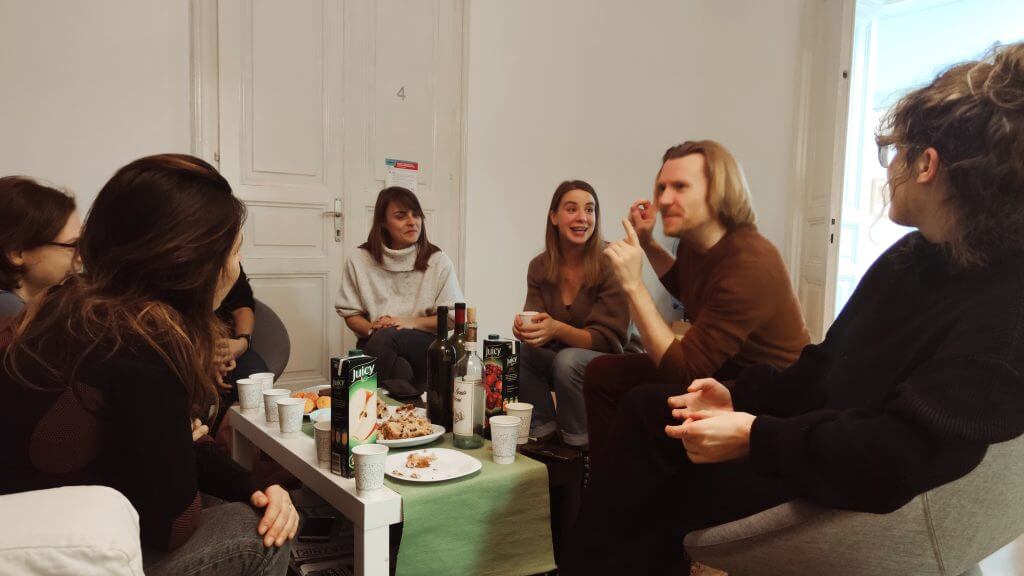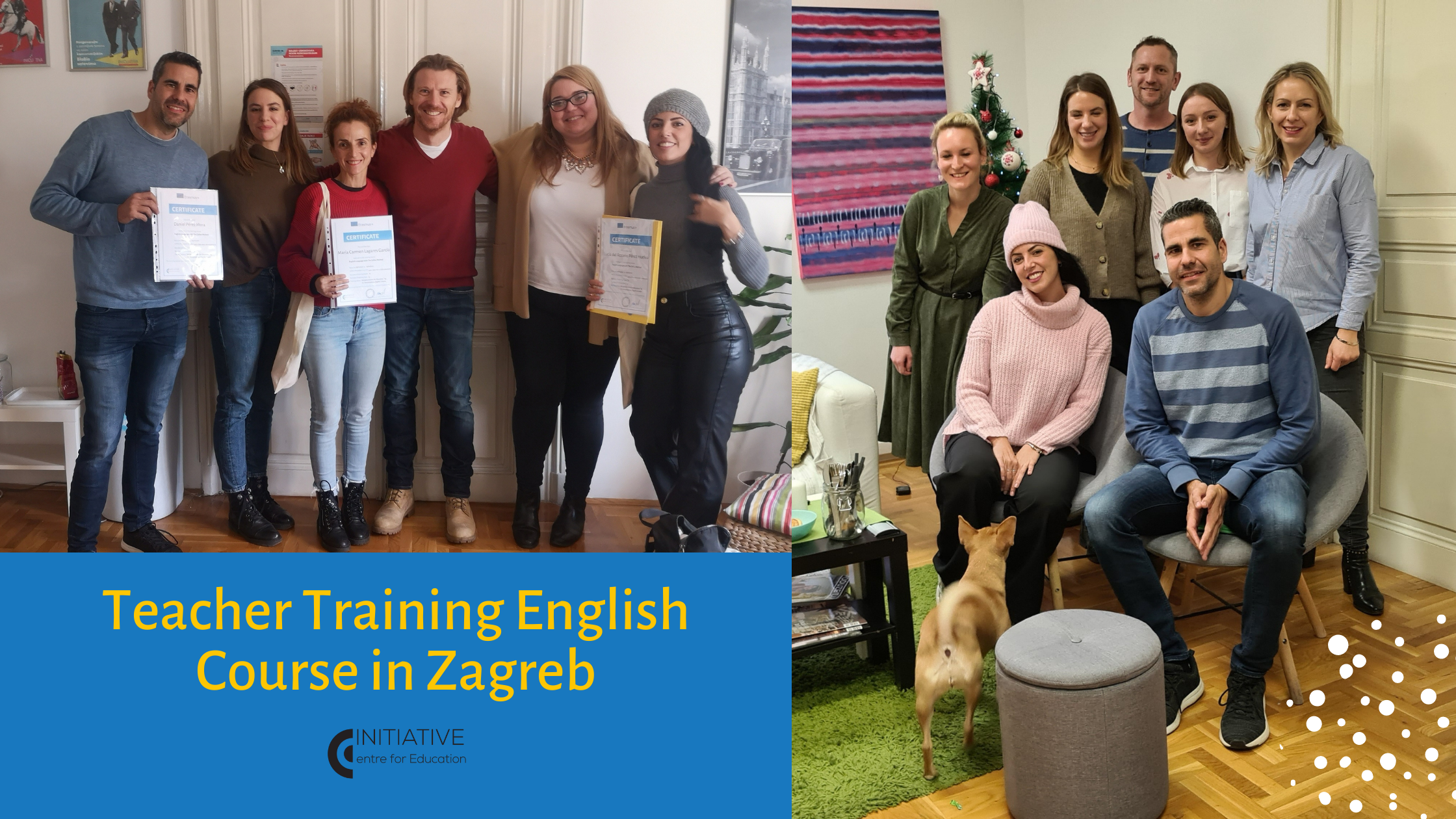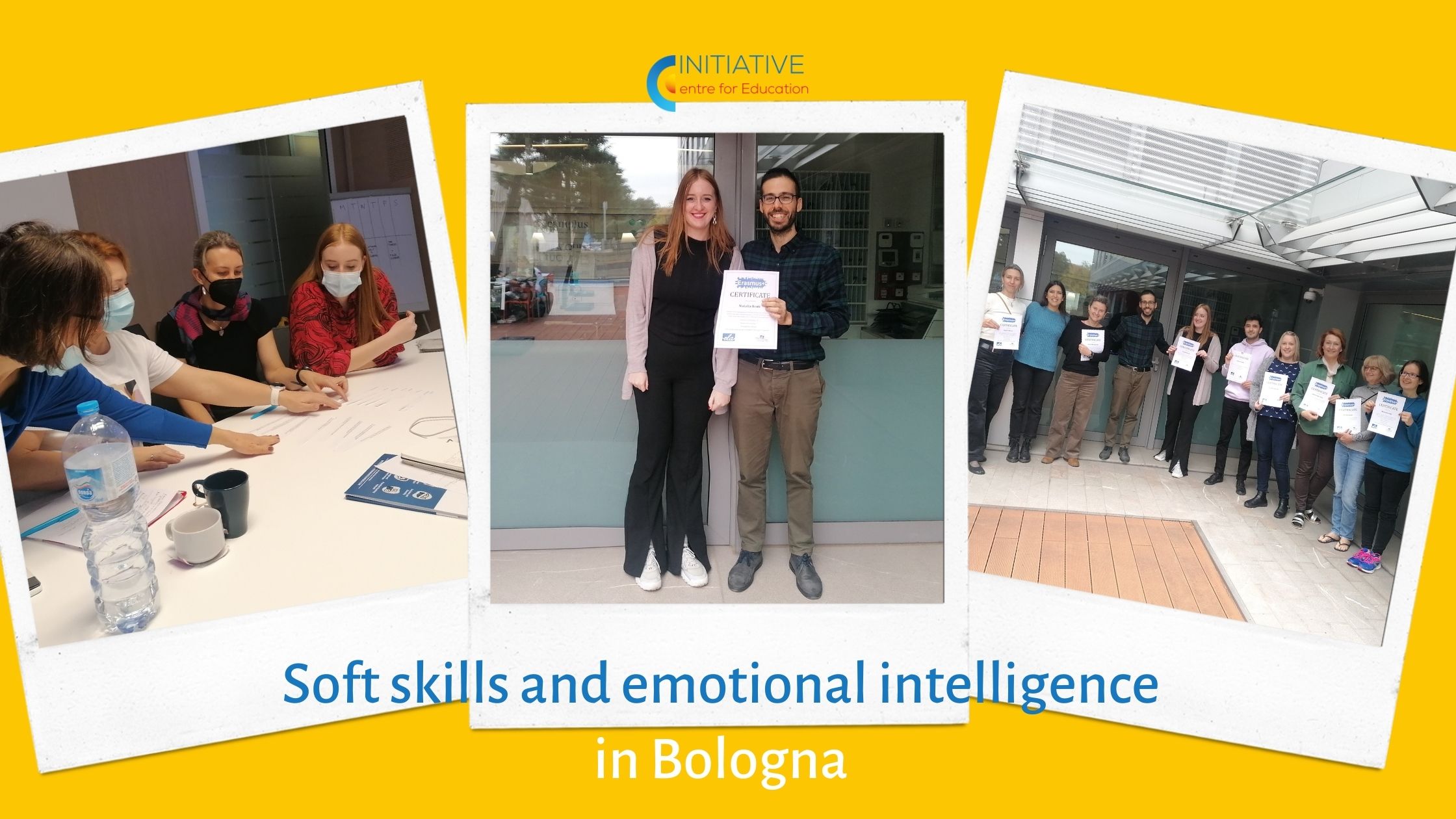There are some elements of the Callan method that can be incorporated into various teaching styles. Some of the most important elements are question-answer exercises, revision, and encouraging students to make mistakes.
Question-answer exercise
The teacher should prepare structured open questions to students, related to a topic (vocabulary) and grammar rule they are covering.
Then, the teacher calls out each student and asks the question. The student is expected to give the answer in full, using the learned vocabulary and grammar. If the student struggles, the teacher feeds them the answer, guiding them and supporting them in the learning.
BENEFITS of the activity:
- Getting students to speak in the language they are learning, and being supported by the teacher, who, by correcting their mistakes, helps them learn the grammar, vocabulary, and correct pronunciation.
- Giving each student equal speaking time in the classroom.
- Boosting students’ confidence.
Revision is key
Each class should start with revision of work from the previous class, and each class should finish with a revision of that day’s work.
BENEFITS of the activity:
- The more you repeat something, the easier it is to remember.
- Students have more opportunity to learn. For example, if the first time they make a mistake in vocabulary, the second time in grammar, and the third time in pronunciation, by the fourth time they can perfect everything.
Making mistakes is encouraged
Mistakes are an essential part of learning, but fear of the unknown is engraved in us as human beings. In language learning, no matter how much we’ve studied or how well we know the grammar and vocabulary, we’re still scared to actually speak the language out loud.
With the Callan Method, the student is encouraged to make mistakes. In fact, it's their job to make mistakes, because teacher is there to guide them and to pick them up when they need help. They just need to build trust and let go of their fear of making mistakes.
BENEFITS of the activity:
- Letting go of control in students.
- Fighting the fear of making mistakes.
- Students who make mistakes in the group create a stronger bond with peers and teachers.
Find out seven reasons why the Callan method is the best method for learning English online.
Dowload our new eBook: 10 Tips for a successful KA1 Erasmus+ experience
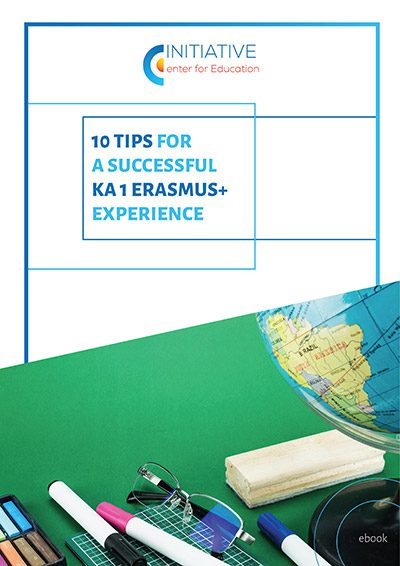
By signing up you accept our Terms of Use
